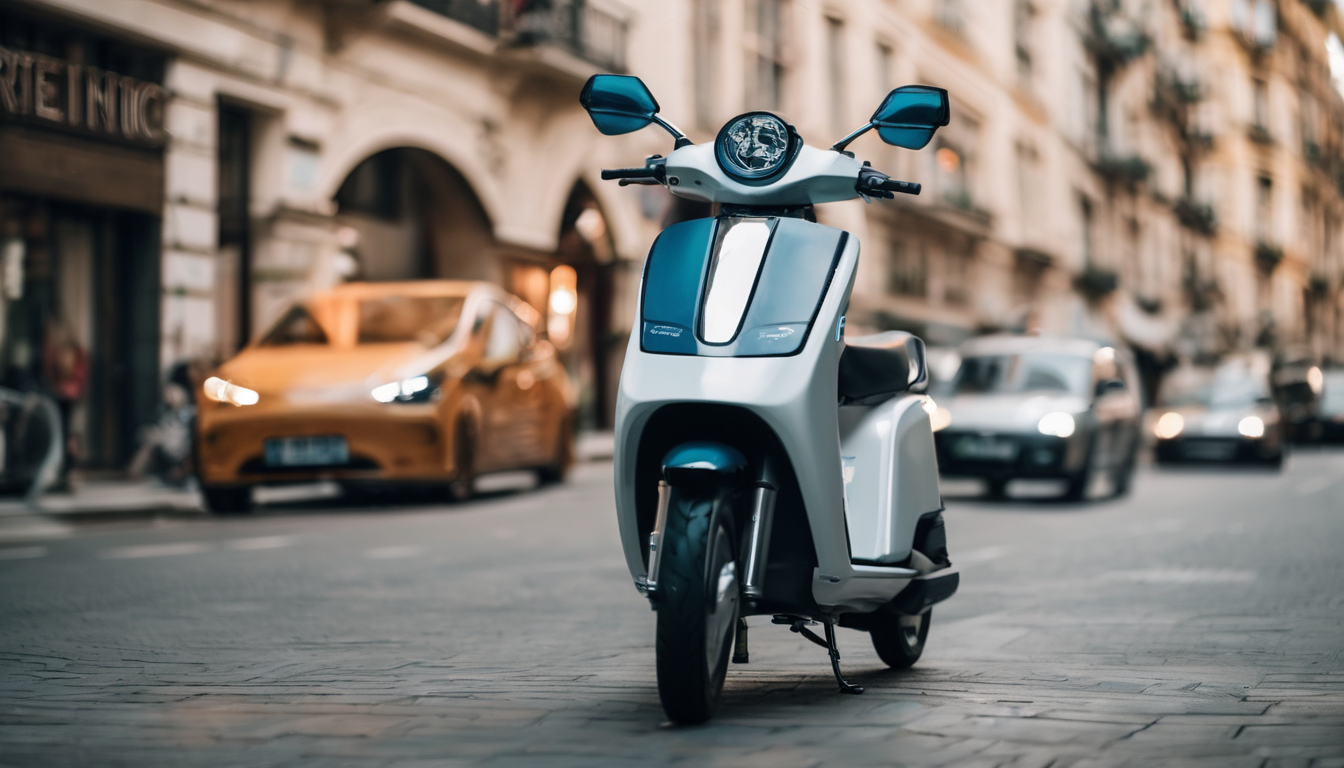In an era defined by rapid automotive evolution, electric vehicles (EVs) have emerged as a groundbreaking innovation, seamlessly merging technology and automation. Central to this transformation are electric charging stations, a linchpin of the future of transportation. With technology and automation intertwining, electric cars and their supporting infrastructure are at the forefront of innovative progress. In this discourse, we delve into the latest trends and developments in the realm of electric vehicle charging stations.
A Symbiotic Nexus: Electric Vehicles and Charging Infrastructure
The fusion of electric vehicles technology and charging stations is nothing short of symbiotic. As the popularity of EVs surges, so does the demand for efficient and accessible charging solutions. This demand has catalyzed a metamorphosis in electric charging stations, leading to the integration of cutting-edge features that enhance the experience for EV drivers. As novel technologies continue to emerge, electric charging stations undergo dynamic transformations to augment convenience, accessibility, and overall efficiency.
Catalyzing Revolution: AI-Driven Charging Management
The infusion of artificial intelligence (AI) algorithms into EV charging management has revolutionized the charging experience for EV drivers. As a substantial proportion of operational issues stem from software-related challenges, self-healing algorithms have emerged as a solution to optimize charger availability and dependability. These algorithms promptly identify and rectify real-time issues, fine-tuning the charging ecosystem for EV enthusiasts. Industry players such as ChargeHub, Electrify America, and EVgo are seamlessly adapting to these advancements, aligning their offerings with the discerning expectations of EV proprietors.
Amplifying Battery Management Precision
Sophisticated battery management technology is positioned to revolutionize the endurance of EV batteries. Within the intricate battery framework comprised of multiple cells, efficient management guarantees peak battery efficiency, counteracting the effects of cell degradation. Through the implementation of the “racked and stacked” battery concept, electric vehicles are transformed into formidable energy repositories. This groundbreaking innovation harmonizes software, sensors, and hardware to streamline charging, rectify cell irregularities, and seamlessly interface with cutting-edge electric charging stations and energy software solutions.
Innovating Mobility: Electrified Roads Unveiled
Innovation in EV charging transcends conventional stations. Enter electrified roadways – an experimental concept enabling EVs to charge while in motion. Swedish enterprise eRoadArlanda ingeniously integrates electric rails into road surfaces, allowing EVs to recharge as they traverse these electrified tracks. This unconventional approach introduces an alternative to stationary charging, potentially revolutionizing the EV charging paradigm.
Weather-Proofing Performance: Automatic Battery Heating
Cold weather poses challenges to EV battery performance. Enter automatic battery heating, a technology designed to prevent power loss in freezing conditions. These self-regulating batteries dynamically adjust their temperature, ensuring optimal charging conditions. By addressing temperature-induced battery issues, automatic battery heating not only enhances battery longevity but also augments overall EV performance.
Swift Charging Solutions: Pioneering Speed and Efficiency
The swift proliferation of EVs has driven the standardization of charging solutions for rapid, efficient replenishment. Traditional charging stations have been revamped to expedite the charging process, thereby expelling the notion of lengthy charging times. This leap in technology bridges the gap between conventional refueling intervals and EV charging durations, rendering EVs a more pragmatic choice for consumers.
The Evolving Landscape of EV Battery Technology
Advancements in EV technology are intricately linked with the evolution of battery technology. The quest for alternatives to conventional lithium-ion batteries, characterized by affordability, rapid charging, and environmental sustainability, is ongoing. Noteworthy innovations like sodium-ion batteries and solid-state batteries are gaining momentum, promising to elevate EV performance and longevity. These pioneering strides have the potential to redefine the electric vehicle sector, ushering in an era of efficiency and ecological harmony.
A Synergy of Environmental Benefits and Technological Progress
Electric vehicles offer an enticing alternative for low-carbon transportation, marked by their environmental and operational benefits. However, realizing a comprehensive transition to electric mobility necessitates a robust charging infrastructure and relentless technological advancement. The fusion of AI algorithms, battery management innovations, electrified roadways, and rapid charging solutions is reshaping the landscape of electric charging stations, cementing their role as a fundamental component of the EV ecosystem.
Innovations Steering the Future
As the electric vehicle domain continues its ascension, innovations in EV charging stations underscore the industry’s unwavering commitment to progress. The interplay between electric vehicles and charging stations epitomizes the transformative potency of EV technology. Fueled by an unwavering dedication to advancing charging solutions, the automotive realm is poised for a future where electric vehicles seamlessly integrate into our daily lives, catalyzing a sustainable and technologically empowered global landscape.
For Digital Marketing Service check out Best Digital Marketing Agency






